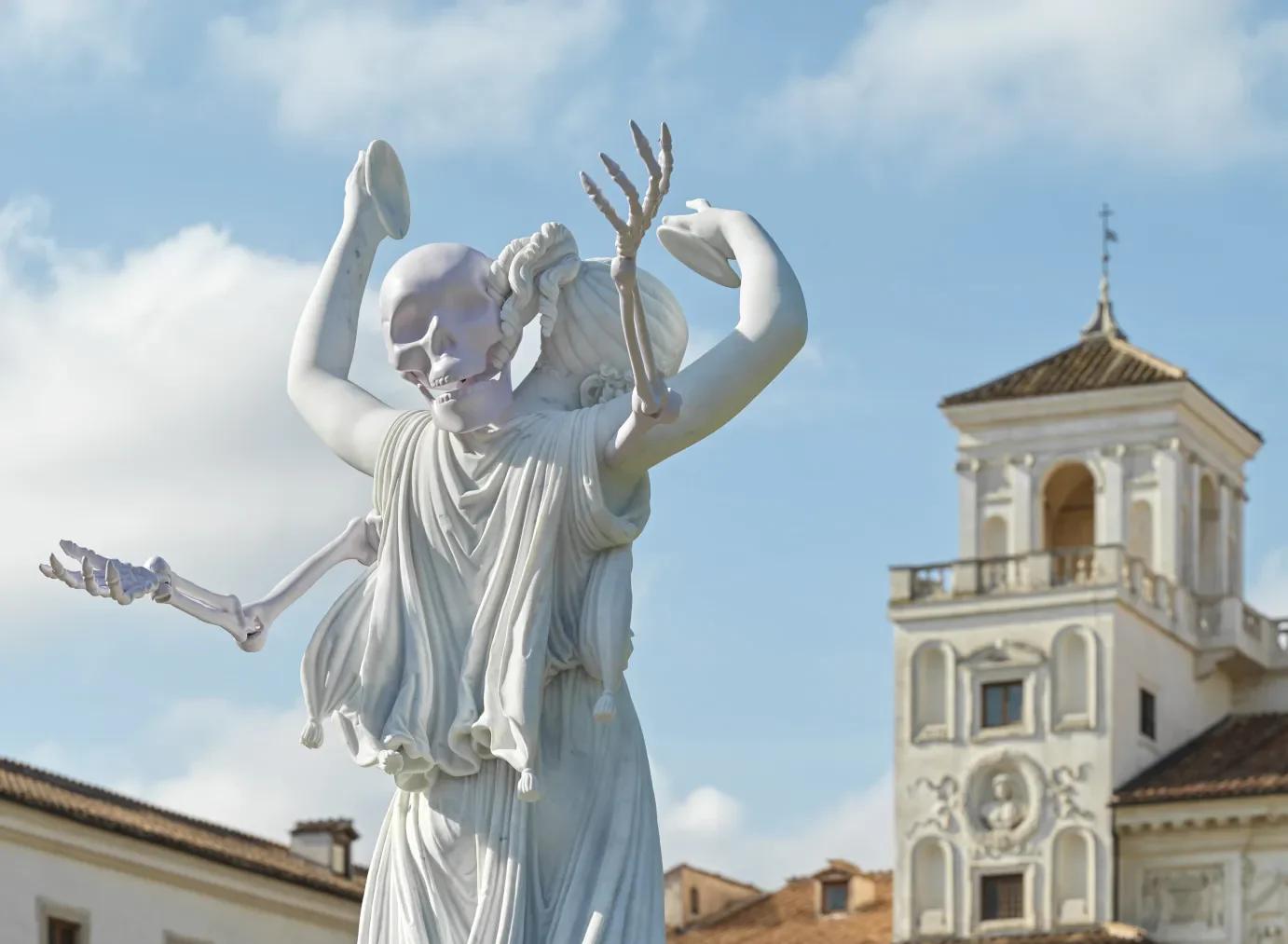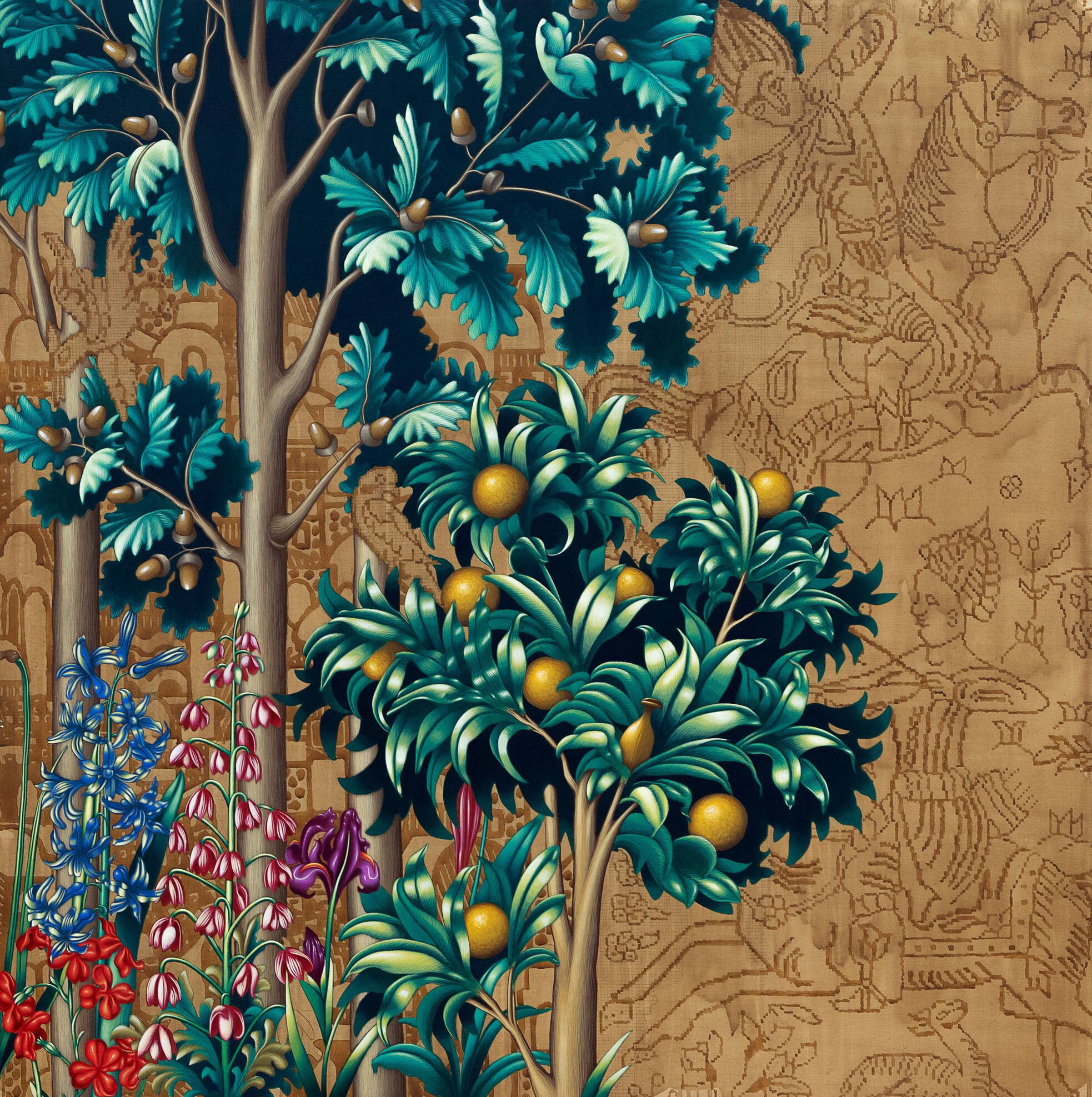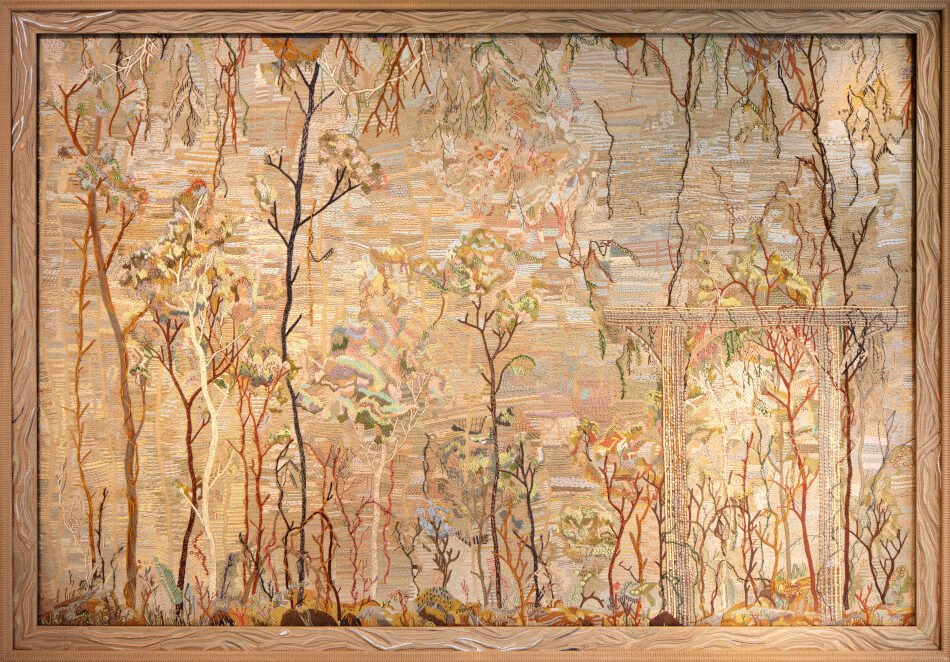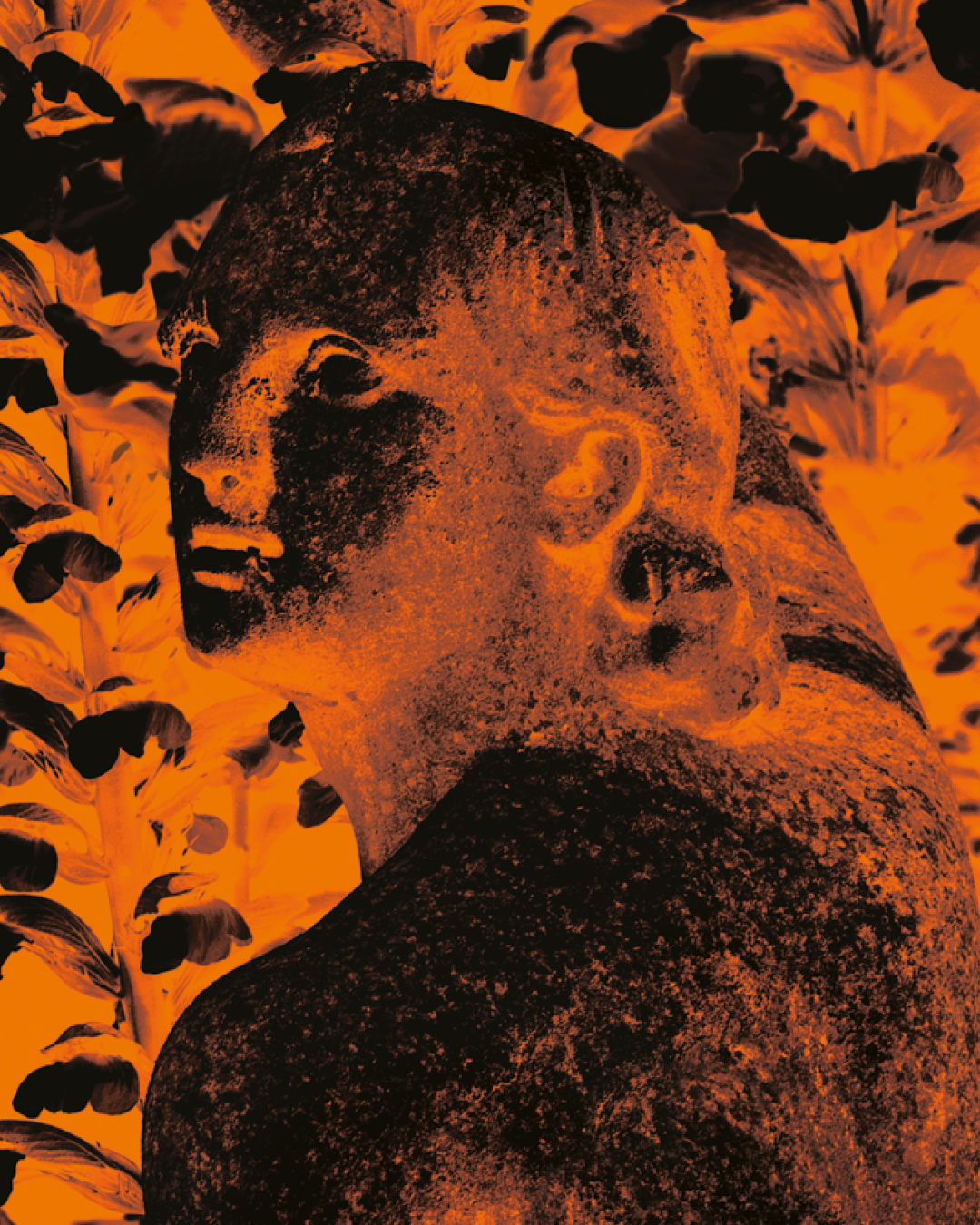Search
Reinventing language
Gastone Novelli and French avant-garde writing
16.01.2025
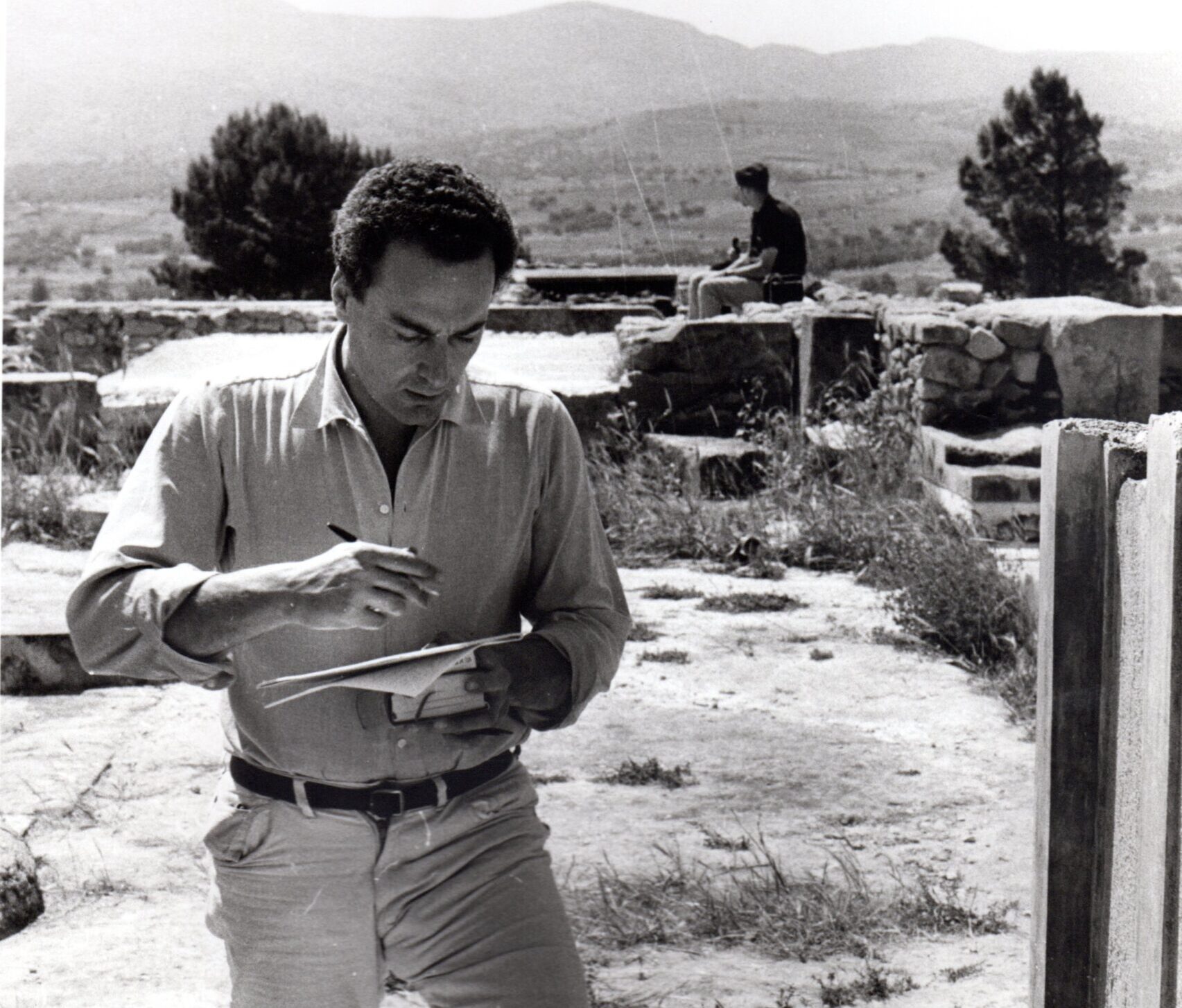
On the occasion of the centenary of the birth of artist Gastone Novelli, Villa Medici and the Novelli Archives are pleased to organize this meeting on the influence of his works on French writers, from Georges Bataille to Claude Simon. This dialogue brings together several Italian and French specialists, Marco Rinaldi, Davide Crosara, Andrea Cortellessa and Mireille Calle-Gruber, to explore the relationships between image and writing developed in these Franco-Italian encounters.
From the late 1950s onward, Gastone Novelli, painter, weaved a close and complex relationship between image and writing, animating his poetic world of a continuous construction of multiple linguistic universes. While his encounter with the structural anthropology of Claude Lévi-Strauss would be decisive in this regard, in reality the artist had already found a great affinity with the moods of linguistic experimentalism that had involved the literary circles of late Surrealism and the French Nouveau Roman: Edouard Jaguer, Pierre Klossowski, Claude Simon, but also Georges Bataille and Samuel Beckett, would be very close to him in the common and passionate search for new semantic and narrative structures, lonely wayfarers through the meanders of language; and from this would spring a number of collaborations for the production of books and graphic works that Novelli, more than simply illustrating, would tend to knot and reinterpret with his lively and colorful images.
Practical information
Thursday, January 16 from 6:00 p.m. to 8:00 p.m.
Grand Salon of Villa Medici
Free : reservations required
Language : Italian
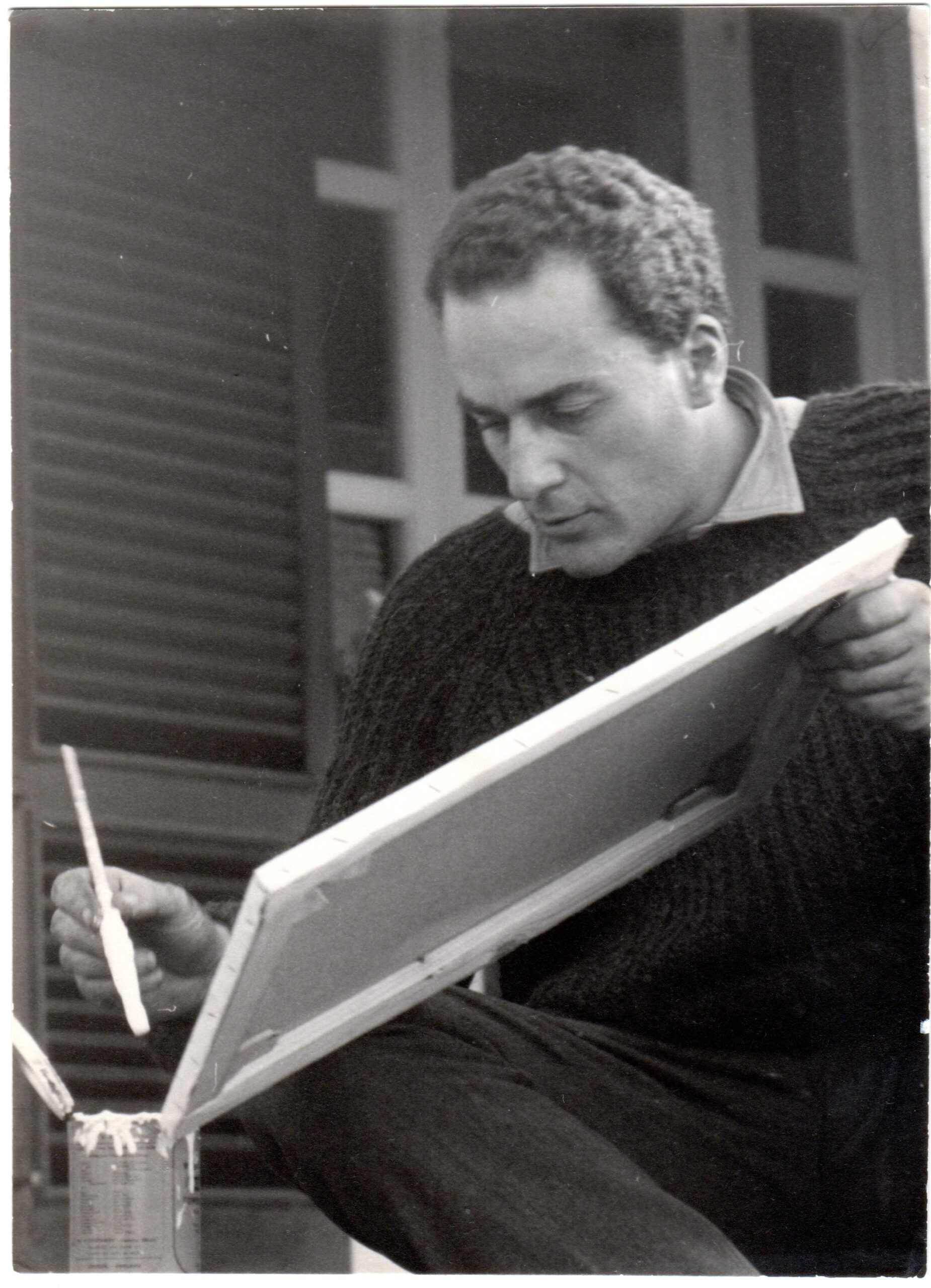
Gastone Novelli
Gastone Novelli was born in 1925 in Vienna. During World War II he participated in the Resistance, was arrested, tortured and sentenced to death. His sentence was commuted to life imprisonment and he was freed when the Allied troops entered Rome on June 4, 1944. In 1948 he made his first trip to Brazil, where he began his artistic activity. In 1955 he settled in Rome and quickly became part of the city’s artistic environment through his friendship with Emilio Villa. In 1957 he made several trips to Paris, where he met Tristan Tzara, André Masson, Man Ray and Hans Arp. The same year he founded the magazine “L’Esperienza Moderna” with Achille Perilli, and Galleria La Salita in Rome dedicated a solo exhibition to him. Beginning in the 1960s he frequented Samuel...
Interventions
Mireille Calle-Gruber
Mireille Calle-Gruber, a writer and professor of literature and aesthetics at the Sorbonne Nouvelle, where she directs the Centre de recherches en études féminines et genres, is the author of some 30 books. Her work analyzes literature’s potential for critical reflection in its relation to language, philosophy and the arts, and 20th-century literary movements, including the “Nouveau Roman.” He works in particular on the works of Michel Butor (whose Oeuvres complètes he published in 12 volumes), Claude Ollier, Assia Djebar, Jacques Derrida(La distance généreuse, 2009), .Marguerite Duras(La noblesse de la banalité, 2023), Peter Handke, Claude Simon (whose Biography : Une vie à écrire, 2011 ; être peintre, 2021). After publishing five novels, she co-wrote with Michel Butor, a short story-scenario Le Chevalier morose (2017). She is co-editor of Dictionnaire Universel des Créatrices (éd. des femmes, 2013) and Dictionnaire sauvage Pascal Quignard (2015). A symposium dedicated to her works was published : Mireille Calle-Gruber, l’amour du monde à l’abri du monde dans la littérature (edited by Sarah-Anaïs Crevier Goulet et al., 2015). In 1997, she was elected to the Academy of Arts and Letters of the Royal Society of Canada. She has received several distinctions including an honorary doctorate from Aristotle University of Thessaloniki in 2022. Recently, she published Réinventer les alphabets : Claude Simon, Gastone Novelli (2023), and wrote the Preface to the Italian translation of Claude Simon’s novel, Le Jardin des Plantes (Rome, ed. Gremese, 2024).”
Andrea Cortellessa
Andrea Cortellessa was born in Rome in 1968. He teaches contemporary Italian literature at the University of Roma Tre. He has curated exhibitions and texts (by de Chirico, Manganelli, Pagliarani, Raboni, Rosselli, Zanzotto, Di Ruscio, Paolini, and Parmiggiani, among others), produced radio and television broadcasts, and theatrical and musical performances. Among his latest books The Clear Nights Were All a Dawn. An Anthology of Italian Poets in World War I (Bompiani 2018), Andrea Zanzotto. The Song in the Land (Laterza 2021), Filologia fantastica. Hypothesizing, Manganelli (Argolibri 2022), the multi-voiced volume Arbasino A-Z (Electa 2023), and Amelia Rosselli. With the Axe Behind Our Backs (Electa 2024). He is among the founders of “Antinomies. Scritture e immagini”; he contributes to “manifesto,” “Corriere della Sera,” “Sole 24 ore,” “Giornale dell’Arte” and other newspapers.
David Crosara
Davide Crosara is a researcher in English literature at ‘Sapienza’ University of
Rome. His main fields of study are modern and contemporary theater,
romance, and the post-human. He has published a monograph on Beckett and the
monodrama (Arachne, 2019), and volume and journal essays on Daniel Defoe, Primo
Levi, W.B. Yeats, James Joyce, Kae Tempest. He has recently edited two volumes
on Samuel Beckett: Samuel Beckett’s Italian Modernisms: Tradition, Texts,
Performance (Routledge: 2024) and Samuel Beckett and the Arts. Italian
Negotiations (Anthem Press: 2024). His
essay ‘J’ai eu l’image’ also appears in the latter volume. Samuel Beckett and Gastone Novelli.Marco Rinaldi
Marco Rinaldi is professor of History of Contemporary Art and History of Design at the Academy of Fine Arts in Rome and scientific advisor of the Gastone Novelli Archive, an artist whose general catalog of paintings and sculptures he curated with Paola Bonani and Alessandra Tiddia. He also curated Novelli’s exhibitions at the Museo del Novecento in Milan in 2012 and at the Gallerie d’Italia di Intesa-Sanpaolo in Naples in 2013-14.
He is the author of essays and monographs on twentieth-century art and design culture, including the volumes La Casa Elettrica and Il Caleidoscopio. Themes and Style of Design in Italy from Rationalism to the Neoavantgarde (2003) and Tearing the World from Chance. Aesthetic Communication and the Neoavantgarde in Italy (1956-1964) (2008), and editor of the journal “Zeusi – Contemporary Languages of Always.”
